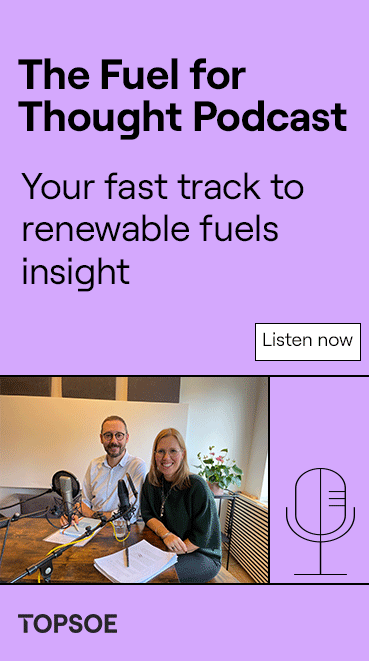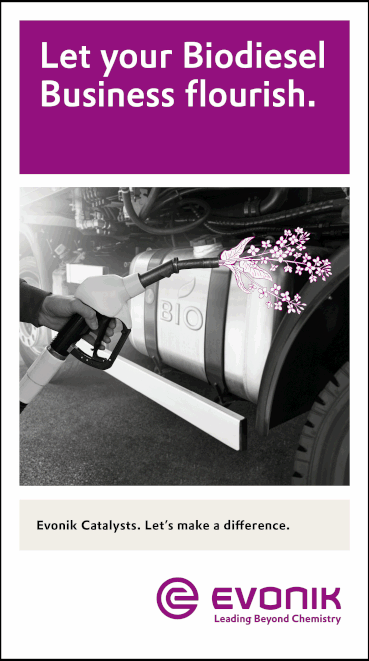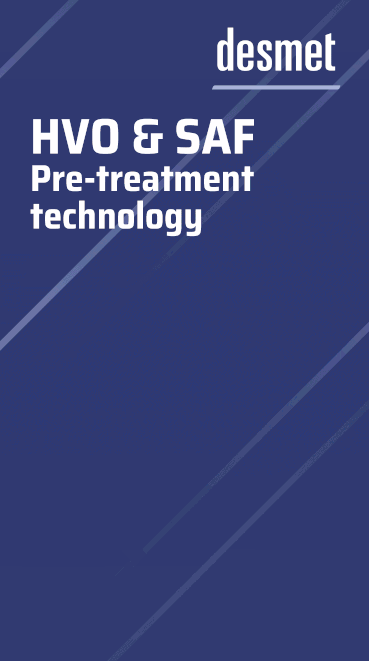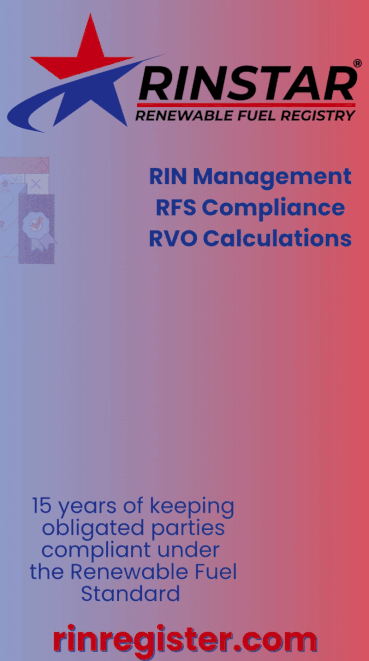Thinking Clean, High-performance Liquid Fuel? Think Biodiesel
- Paul Nazzaro
- Jan 26, 2022
- 5 min read

The diesel-fuel environment continues to evolve quickly as today’s ultra-low sulfur diesel (ULSD) fuel has been proven to be cleaner than higher-sulfur products of the past. Despite these findings, federal, state and local policymakers are pushing to eradicate diesel fuel in favor of electrification, hydrogen, and products that are simply not ready for prime time. No surprise, there has been growing interest in biomass-based diesel as an alternative to electrification, as well as a solution for immediate carbon reductions. Biodiesel is leading the way nationally with efforts to move to higher and higher blends. Renewable diesel is also growing in popularity as a preferred option to significantly decrease carbon, but its economics and availability outside low carbon fuel standard regions make it improbable for near-term market penetration. With major political and societal focuses on lowering the carbon intensity of energy and transport, biodiesel and renewable diesel are both rational, available choices to keep liquid fuels feasible for years to come.
Diesel engines have become increasingly more sophisticated with high-pressure common-rail (HPCR) fuel-injection platforms and aftertreatment systems leading the way. Those who think coal dust and generic diesel are “good enough” for the future are stuck in a Fred Flintstone state of mind in a George Jetson world. Clean diesel is not “coming soon” to a pump or dealer near you, and it is not an article somewhere in the back of Popular Mechanics. Clean diesel is here today, and adoption of these low-carbon liquids should be a reasonable approach, both economically and reliability-wise, to meeting the government’s established goals of liberation from fossil fuels.
You need not look that far to be inundated with communications talking about fuels getting cleaner. Engine manufacturers are adhering to government oversight to ensure the future is centered on “more miles, cleaner miles.” To be certain liquid fuels maintain prominence in transportation and space heating well into the future, they must be low or zero carbon—whether that’s biodiesel, renewable diesel, or a blended combination of the two.
The ULSD hydrotreating process has become more severe, which creates operational challenges for the resulting fuel. Further downstream, some discerning liquid-fuel purchasers are considering adopting the ISO 4406 cleanliness code to measure contaminants in their fuel. This protocol, once solely relied upon by hydraulic and lubrication systems managers, is now of interest with diesel fuel operators who want only the highest quality fuel available.
The future is looking bright as more technological advancements are being made from original equipment manufacturers (OEMs) to fuel-consumption points. What can one do today to meet the emerging clean-fuel standards?
The answer, of course, is to power up with biodiesel. Biodiesel integration can be seamless and immediate, as there is no need to make costly new vehicle or infrastructure investments. The vast majority of OEMs support use of B20 biodiesel blends in their diesel vehicles and equipment. OEMs are actively evaluating higher blends of biodiesel and blends of biodiesel and renewable diesel with fleet customers, who have demonstrated a growing interest in low-carbon fuels. The existing biodiesel fueling infrastructure is adequate, as blends are available at more than 2,360 major truck stops, retailers and distributors nationwide, creating a cost structure comparable to or less than that of petroleum diesel fuel.
There are substantial public health benefits from using biodiesel in place of petroleum distillate in transportation and space heating. Recognizing that biodiesel blends, with generic diesel in any percentage, are a quantum leap in carbon reduction, a discerning buyer of clean, liquid fuels simply loves the many additional advantages offered by biodiesel including high cetane, exceptional lubricity, virtually zero sulfur, and zero aromatics, which reduces toxicity. It burns cleaner and has a higher flash point, making it safe to store and handle, which begets the question, “Why wouldn’t fleets wish to advance their transition to biodiesel yesterday?”
The health benefits of biodiesel are largely driven by the significant reductions in particulate matter (PM), and the use of biodiesel provides an immediate and direct reduction in harmful criteria pollution. Benefits accrue disproportionately in environmental justice (EJ) or overburdened communities, which tend to be surrounded by high diesel use activities (ports, logistics, high-traffic roadways). The particulates created by biodiesel burn off faster and at a lower temperature in a particulate trap, equating to less PM trap regenerations and lower long-term maintenance costs.
I wish I had a dollar for every excuse I’ve heard as to why biodiesel blending should be ignored. These include higher costs, challenged winter operability, product-supply disruptions, handling challenges, lack of hedging mechanisms, increased microbial contamination, and simply a fuel that missed its chance for adoption. Actually, these “excuses” are really misconceptions. To gauge the value of biodiesel or renewable diesel in the generic-diesel mindset of whether they are the lowest-cost option from one day to the next completely misses the point and is totally unrealistic. They are commodities, and they ebb and flow based on global connectivity, which is why sophisticated suppliers have learned how to manage these peaks and valleys with intelligent risk-management programs—and biodiesel is no different, so … next! Cold flow, stability, microbial contamination, all managed by an intelligent blend of legitimate, well-tested performance chemistries and a defined housekeeping program—next! Renewable diesel is the true pathway and will make biodiesel obsolete. Not so fast. Both are great options, but there is room and need for both.
Biodiesel has the bragging rights for the most effective, efficient, lowest-cost option to carbon reduction and greenhouse gas reductions. Why wait? Can you say, “time value of carbon?” Take advantage of a well-known fact. Carbon reductions now have significantly more value than carbon reductions in the future. Regardless of who and where you are in the liquid fuels supply chain—buyer, seller, or consumer—you would be best served to adopt biodiesel performance benefits today.
Far from a fuel that has “missed its time,” biodiesel is the only liquid fuel substitute that will keep current distillate carnivores well-nourished during these challenging times while everyone is waiting on the “perfect” fuel to be dropped into their laps. There is no perfect fuel. All of them—diesel, renewable diesel, biodiesel, electric, hydrogen, and any you may be considering that I’ve not mentioned—will have both strengths and weaknesses. You can bank on that. Why not give biodiesel an opportunity to reduce and eliminate your carbon output so that you can continue to be viable while the energy landscape unfolds? Because it will. You just better hope it unfolds before you do.
There is nothing static about energy policy and if you plan on staying in the game, then you need to stay in the batter’s box with your eye on the ball. First pitch. Stay carbon? Strike one! Prematurely dismiss low-carbon liquids with all the notable benefits? Strike two! Think change is not warranted today? Strike three! You’re outta here!
You have a choice. Make it a knowledgeable one. Make it matter, and be the recipient of new opportunities well into the future.


































